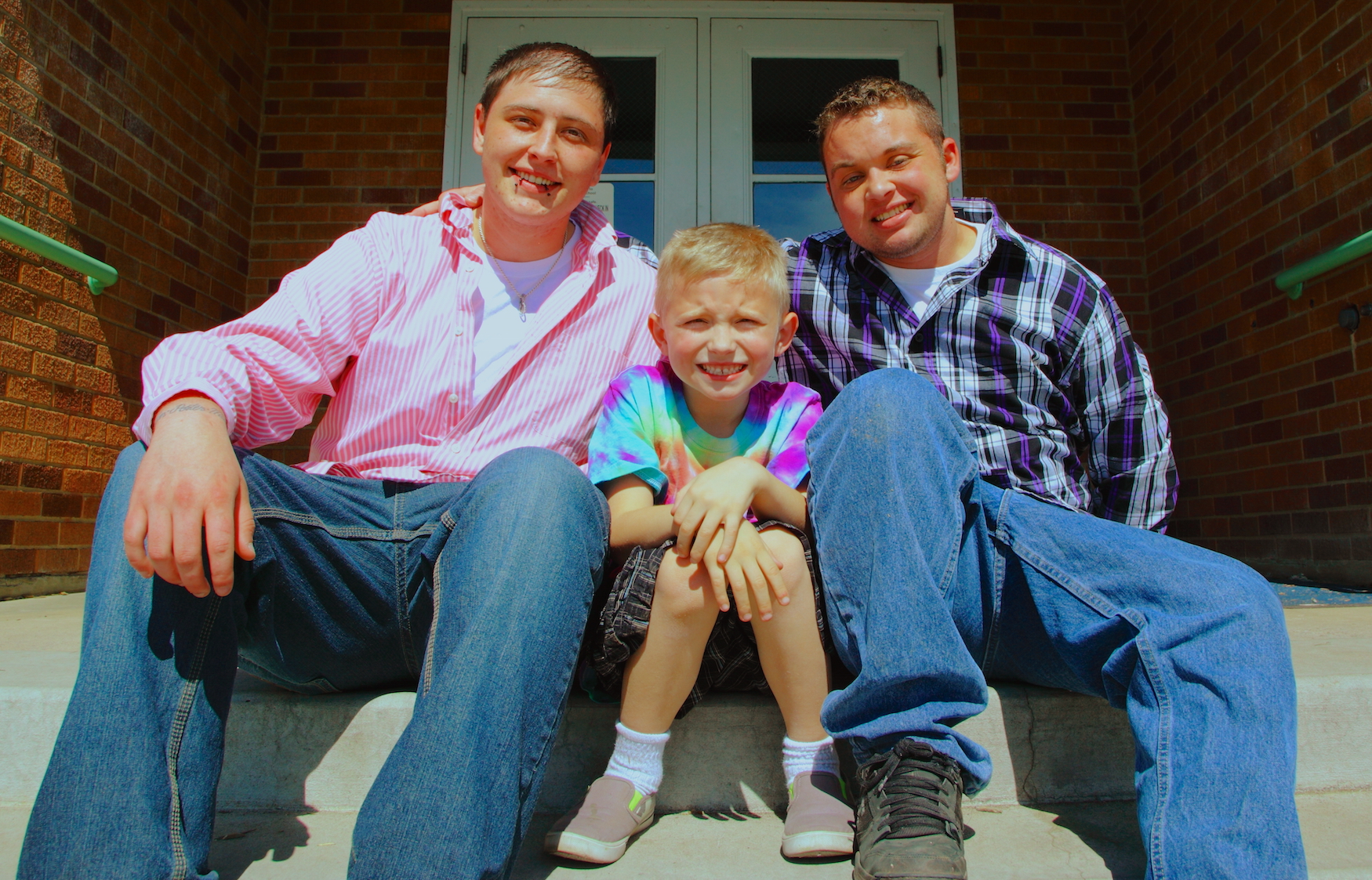
Between the high costs of adoption and surrogacy, same-sex parents face many more obstacles than most heterosexual couples when it comes to adding a child to the family photo. Among those couples who go the distance, lesbians have been much more likely than gay men to parent, but the number of male couples seeking adoption is on the rise. “They have to go out of their way to become fathers,” Nancy Mezey, a sociology professor at Monmouth University in West Long Branch, New Jersey told New York Times about the dedicated men making the long and complicated journey to parenthood.
Such two-father families fill specific niches and tend to foster inclusivity in more than one way. “They’re adopting children that other people don’t want to adopt. They’re teaching their children tolerance and expanding definitions of gender roles,” according to Mezey. “They are helping to redefine what it means to be a real man.”
One interesting twist is the division of household labor same-sex parent homes. Among heterosexual couples, cultural norms have long encouraged women to raise children while men bring home the bacon. This means stay-at-home gay dads also quietly “challenge dominant beliefs that dads are primarily breadwinners and can’t be the primary nurturers,” Mezey told the Times.

